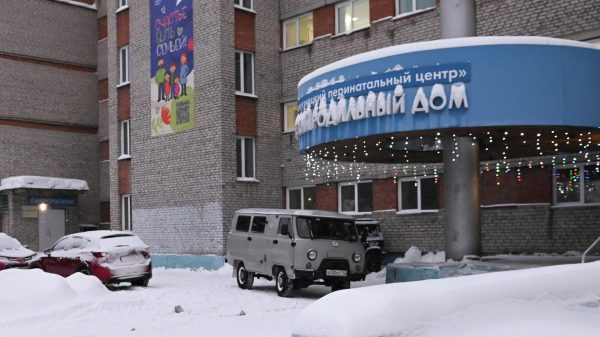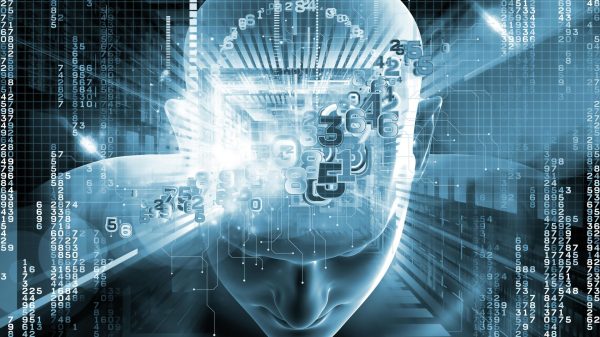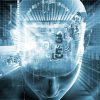A scientist developed an experiment
Are we living in a simulation? Anyway, one British scientist claims we're just characters in an advanced virtual world — and says he has a simple way to prove it. A physicist describes clues that indicate this world is not what it seems. He also designed an experiment to test whether we are living in a computer simulation.

If you feel like you're living in a computer simulation like The Matrix, you might actually be on to something, says the Daily Mail. At least that's what Melvin Wopson, associate professor of physics at the University of Portsmouth, thinks.
He claims that there are several clues in our lives that suggest that we are just characters in an advanced virtual world, and he is planning an experiment to prove this.
For example, the fact that there are limitations on the speed of light and sound, suggests that, according to the expert, they can be controlled by the speed of the computer processor.
The laws of physics that govern the universe are also akin to computer code, he says, while elementary particles, of which matter is made are like pixels.
However, one of the most compelling clues is the symmetry we see in the everyday world, from butterflies to flowers, snowflakes and starfish.
Symmetry is everywhere because it is how machines “represent the world built in digital format,» Professor Wopson told MailOnline.
«This abundance of symmetry (rather than asymmetry) in the Universe is something that has never been explained,» says Melvin Wopson.
“When we build or design something, we should use as symmetrical shapes as possible to simplify the process,” explains the scientist. “Just imagine that you are building a house from irregularly shaped bricks. If the bricks were completely irregular in shape, the construction would be practically impossible or much more difficult. The same thing happens when we develop computer programs or virtual realities — and this maximizes efficiency and minimizes energy consumption or processing power.»
The scientist also believes that the bizarre and obscure world of quantum mechanics suggests that life is not what it seems.
Specifically, he points to quantum entanglement, a strange physical phenomenon that legendary physicist Albert Einstein described as “spooky.” action at a distance.»
Quantum entanglement describes how two particles and their properties become connected without physical contact with each other, explains the Daily Mail.
This means that two different particles placed in different locations, potentially thousands of miles apart, can simultaneously imitate each other.
This is remarkably similar to how two people can interact through virtual reality ( VR).
The scientist explains: «Quantum entanglement allows two particles to be intricately linked, so that when you manipulate one, you automatically and immediately manipulate the other, no matter how far apart they are — with an effect that appears to exceed the speed of light.» , which should be impossible.
“However, this can be explained by the fact that in virtual reality code, all “locations” (points) must be approximately the same distance from the central processor,” he says. “So while we may think that two particles are millions of light years apart, this would not be the case if they were created in the simulation.”
Professor Wopson has already argued that information is the fifth state of matter, after solid, liquid, gas and plasma.
This could be the key to an experiment that he hopes will prove that we live in computer simulation.
He wants to combine elementary particles and «antiparticles» in a device he hopes to build.
«All particles have «anti» versions of themselves that are identical, but have the opposite charge,» he says in an article for The Conversation.
If particles emit light of a certain frequency when they collide and annihilate, this would mean that the particles contain information that is trying to escape.
And if the particles contain information, this shows that our reality is most likely a computer one program — and that we are living in a simulation.
Professor Wopson outlined his hypothesis in a new book, published in September, called Reality Rebooted: The Science of a Simulated Universe.
In it he outlines his view of simulation theory, which is «inherently speculative» because it attempts to answer philosophical questions as much as it uses particle physics.
Simulation theory is not unique to Professor Wopson; in fact, it is popular among a number of famous figures, including Tesla founder Elon Musk.
At a conference in 2016, Elon Musk said that it is likely that we live in a «base reality» — a real universe as opposed to from the modeled one, is “one in billions.”


























































Свежие комментарии